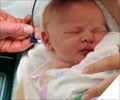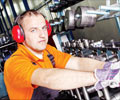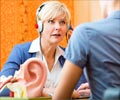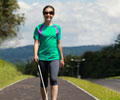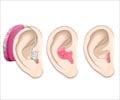A new study has found that subjective screening questions designed to identify teenagers at risk for hearing loss fail in their primary objective.
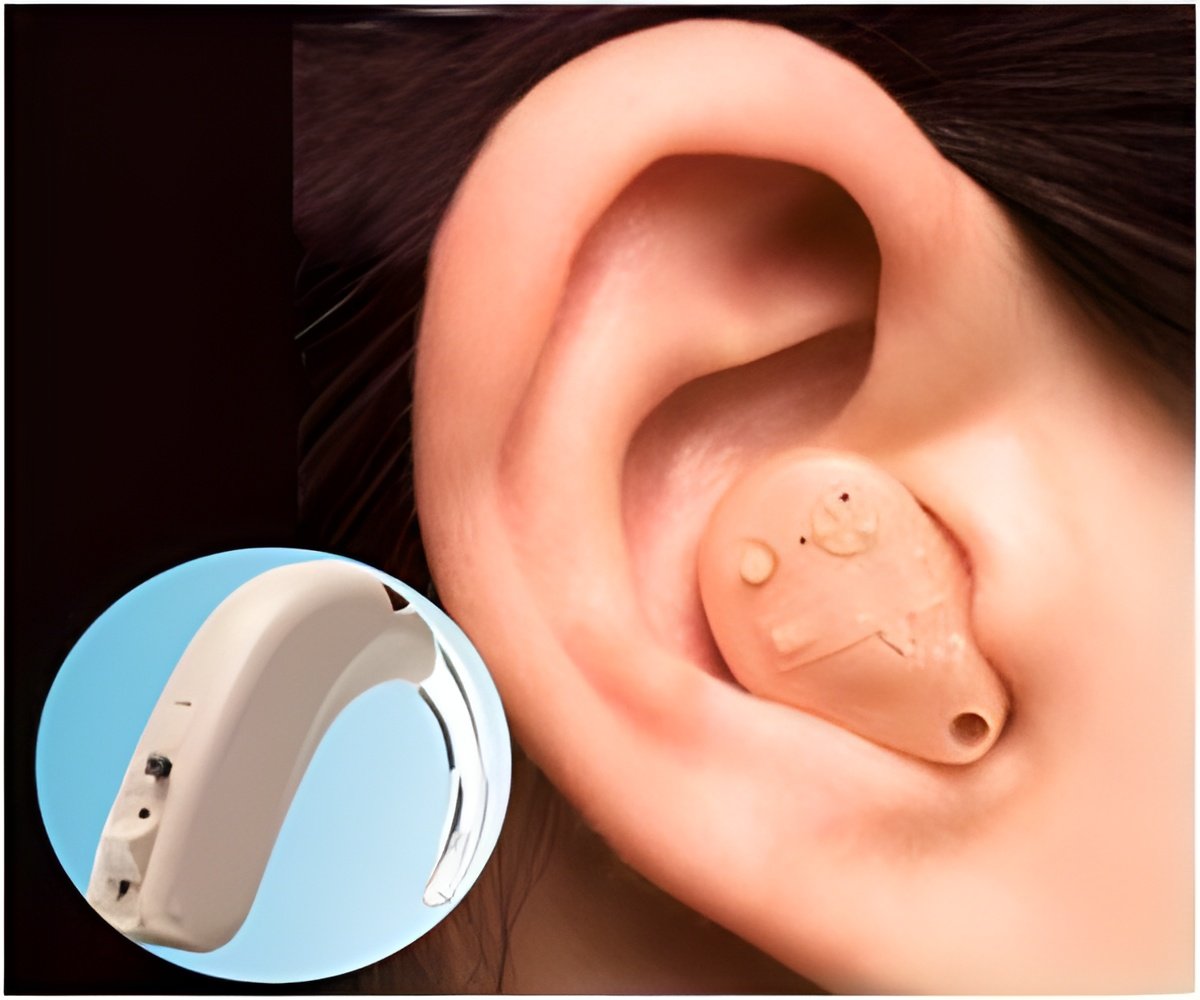
The AAP recommends screening adolescents with subjective questions and then following up with objective hearing tests for those found to be at high risk of hearing loss. However, the screening questions were not specifically developed for children or adolescents. Studies also show that adolescents are poor self-reporters of hearing status." We found that you can't rely on the Bright Futures questions to select out teenagers at high risk for hearing loss who would warrant an objective screen," said Deepa Sekhar, M.D., M.Sc., assistant professor of pediatrics. A study in 2010 using data from the National Health and Nutrition Examination Survey showed that one in five adolescents aged 12 to 19 has hearing loss.
Most have high-frequency hearing loss, which may be related to increasing hazardous noise exposures from such things as personal listening devices, concert-going, ATV-riding and hunting with firearms. For the study, eleventh grade students at Hershey High School -- located in the college's community -- answered the 10 Bright Futures hearing screening questions and additional questions assessing other potential risk factors for adolescent hearing loss. They also took the Pennsylvania state-mandated hearing test -- the familiar hearing screening where children raise their hand when they hear a tone -- and a hearing test developed by the researchers to better detect high-frequency noise-related hearing loss. Some of the children underwent additional standard hearing testing in a soundproof booth.
The researchers report their results in the Journal of Medical Screening. Neither the Bright Futures questions nor the additional questions were tailored specifically to adolescent hearing loss. In addition, the Pennsylvania school hearing test was found to have a sensitivity of 13 percent for adolescent hearing loss while the study-designed hearing test had 100 percent sensitivity." Although our test had more false positives, we caught 100 percent of the students with hearing loss," Sekhar said. School hearing tests currently used in most states screen mainly for low-frequency hearing loss, which is seen more often in younger children in association with frequent ear infections and fluid in the ear.
Sekhar's previous research showed that these tests often miss high-frequency hearing loss. She is working to develop an objective hearing screening test specifically for adolescents with more high-frequency tones above 3,000 Hertz. These tones are typically affected by hazardous noise exposure. A testing protocol that requires adolescents to fail twice instead of once will reduce false positives." The onset of high-frequency hearing loss is often very insidious and the symptoms are often very subtle," Sekhar said. "It's important to identify hearing problems at any age because of the impact it can have on all different areas of life, including academic success, workplace advancement and social relationships."
Students with mild hearing loss are more likely to repeat a grade, and it's estimated that people with hearing loss lose between $220,000 and $440,000 in earnings over a lifetime. The study failed to find an association between typical adolescent noise exposures and hearing loss. The challenge in doing so may stem from the fact that genetics and duration of exposure are additional factors that affect an individual's risk of hearing loss." You could be listening at a lower volume for an extended period of time, and that can be as bad as a high-volume sound for a short period of time," Sekhar said.
Advertisement

